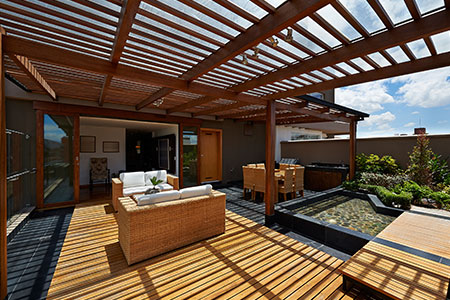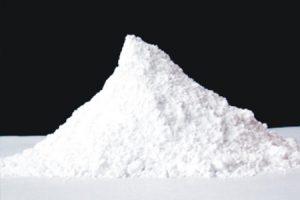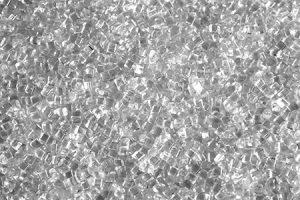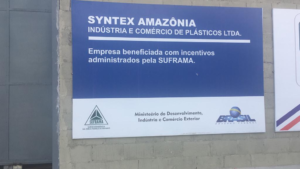
WPC – Wood Plastic Composite
Currently, plastic waste is an important factor in the issue of solid waste, although it accounts for only about 4% to 7% of the total waste weight (due to its low density and the format of the artifacts produced), it accounts for up to 20% Of the total volume.
One solution to this challenge is the Madeira Plastic or Ecological Wood, which combines ecological, economic and social aspects. That is, it is Synthetic Wood, which in the world market is already widely known as WPC (Wood Plastic Composite) – composed of wood and plastic. Madeira Plastic has an extremely wide market, and can be used, with advantages, for almost all purposes of common wood and / or plastic.

Madeira Plastic is a new product, ecologically correct, made from the transformation of reusable raw materials (natural or not) and recyclable materials (like residues of different types of plastics and vegetal fibers). This process results in profiles that can mimic and / or replace natural wood with advantages.
The base of the product is composed of recyclable high-density polyethylene packaging, adding up to 50% vegetable fibers such as: sawdust, coconut fiber, bamboo, coffee grounds, corncobs, rice hulls, Leather, cotton, leaves and a myriad of others.
It is possible to add dyes in the mix, producing any kind of color.
- It avoids the cutting of trees, preserving the forests (100 m2 of plastic wood avoid the cutting of an average Ipê tree);
- Cleaning of the environment (recyclable product);
- Process does not generate any pollution or waste;
- Durability: 20-50 years.
The process uses materials such as:
- 45% HDPE (high density polyethylene);
- 5% additives (pigments for coloring – usually black, brown and gray);
- 50% wood fiber.
The combination of vegetable fibers and plastics makes the material look and feel wood. This allows the product to be nailed, bolted, serrated and treated as if it were natural wood. In addition to maintaining characteristics of plastic, such as being impermeable (does not absorb moisture), be immune to pests, have no barbs and low coefficient of thermal expansion.
The plastic wood can be worked with the same tooling that is used for natural wood, can be painted and varnished, does not require any maintenance and can be used in its original state.
Manufactured in the most diverse profiles, the plastic wood has been widely used in the manufacture of piers decks, swimming pool, garden benches, pergolas, pallets, floors in general, fences, stops, indoor panels and billboards, decorative pieces, bridges, etc.







